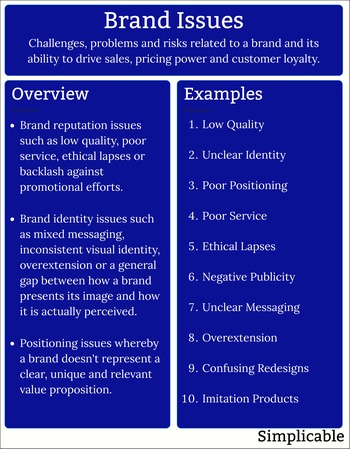
Onboarding
Job rotation is often used as a method of accepting new graduates into a large firm whereby they try different jobs to get to know the company.
Training & Development
Training and development such as a salesperson who learns about products by working in product teams.
Employee Engagement
Employees may resist job rotation but ultimately may find it stimulating and interesting such that it can reduce boredom, disengagement and burnout.
Corporation Culture
Job rotation can create a more flexible and open culture as employees don’t become entrenched in a particular role.
Cross-functional Collaboration
Job rotation creates cross-functional collaboration whereby employees with various backgrounds and experiences work together.
Leadership Development
Building up the knowledge and experience of potential leaders. This is particularly associated with Japanese management training whereby managers are expected to know the job of everyone they manage.
Contingency Planning
Job rotation leads to deep organizational capabilities whereby many people understand every role.
Succession Planning
Broadening the number of people who can fill a vacated role.
| Overview: Job Rotation | ||
Function | Management Strategy | |
Value | Training & DevelopmentOrganizational Culture | |
Common Pitfalls | Job rotation is unpopular amongst employees who have a strong vision for their career. They may view assignment to a diverse set of teams as a waste of time.Teams may resist properly training staff who are only assigned for a short time. In such cases, they may assign those on job rotation busy work. | |


























